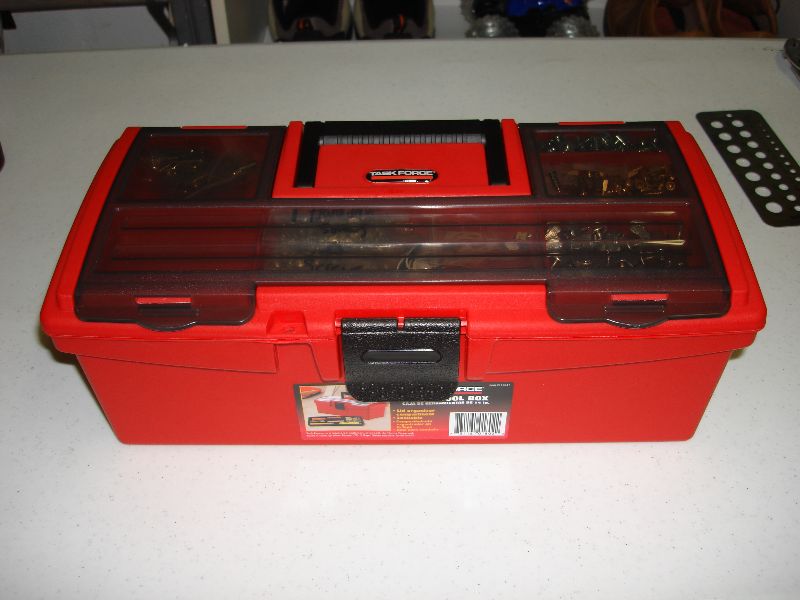
In addition to running Windows XP, you can also use a Virtual PC to run Windows Vista, XP, Windows 2000 and even some versions of Linux including Ubuntu, OpenSuse and Red Hat Linux. Windows Virtual PC can run on all editions of Windows 7, but users of the Home edition will have to create their own virtual machines from an original Windows installation disk or from old Windows installation. Programs installed in the virtual operating system will show up in the host computer’s Start menu, and you can even set them as the default program for handling a particular file type. Windows Virtual PC, that is designed to run previous versions of Windows seamlessly inside Windows 7, has made desktop virtualization even more ubiquitous. If your computer has an older processor that does not support hardware virtualization, you can still run virtual machines using Microsoft Virtual PC 2007 or Virtual Box, as they don’t require it. Microsoft offers an easy guide on how you can turn on virtualization through the BIOS dashboard. If the CPU inside your Windows PC supports virtualization but you are unable to use a Virtualization program, chances are that you need to enable that feature via your BIOS. Most newer processors already support this but you may also use the free SecurAble utility to determine if your computer processor supports hardware virtualization or not. In order to run virtualization programs like Windows Virtual PC or VMware Player, your computer needs to have a processor that supports hardware virtualization.
#Pc geek tools software
Virtualization Software for WindowsĪlthough desktop virtualization programs have been around for many years, they are more mainstream now than ever before.

#Pc geek tools install
Or if you want to run multiple versions of the same software (like Photoshop CS4 and Photoshop CS5), you can install one of them on your main OS and the other inside a virtual machine.

Or, if you have upgraded to a newer OS, you can create a virtual machine of your previous OS and use it to run older programs that aren’t supported in your new OS. You may use these programs to try out other operating systems on your computer without disturbing the existing setup. Virtualization tools aren’t just for geeks. Virtualization software helps you run multiple operating systems on the same computer.įor instance, you can use a virtualization tool like Apple Boot Camp or Parallels to run Windows on your Mac computer or you may use the free Virtual PC program from Microsoft to run Linux, DOS or even multiple Windows environments inside your Windows PC.


 0 kommentar(er)
0 kommentar(er)
